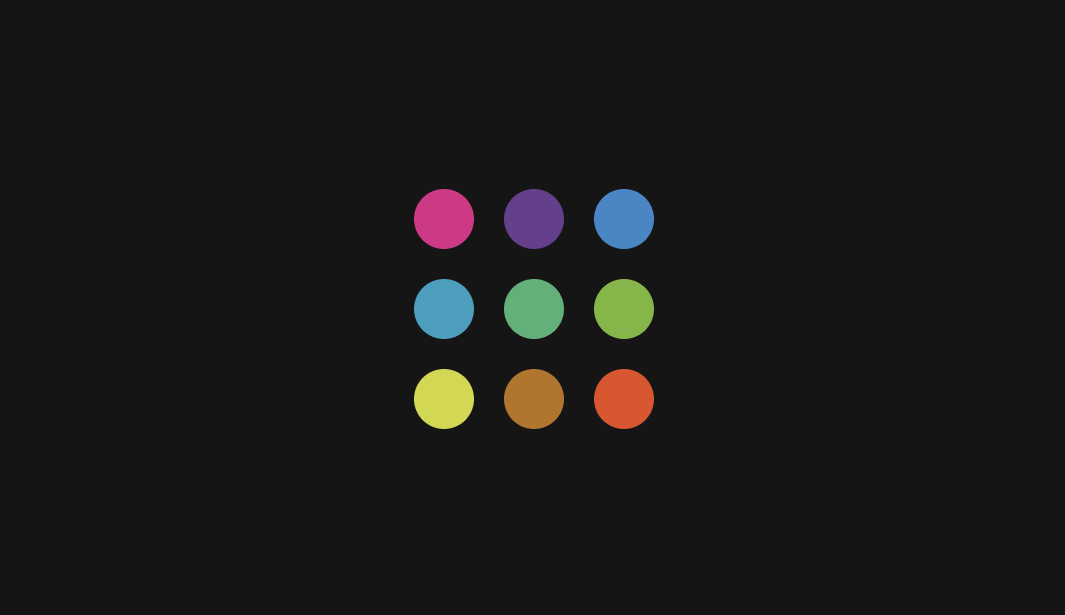Gamification in email marketing is being widely discussed now. Most want to give it a try, but only a few have done it so far. Why? Because email gamification is said to be time-consuming, and pretty expensive, and you never know if you’re gonna recoup the costs spent. But is it so?
To shed some light on the subject, we decided to run a series of interviews with opinion leaders in email marketing — with people who have used gamification in their emails.
Here’s what they have to say...
Our today’s guest is John Thiess, Co-Founder and ex CEO at Email on Acid, one of the world’s top email testing tools. His company was one of the first to implement interactivity and gamification in email marketing.

Follow John on:
1. John, what role of gamification in email marketing do you see?
Gamification is one of the most exciting ways to enhance the email experience for subscribers. It presents unique opportunities to boost engagement and personalize interactive content for both B2B and B2C brands. I think it’s also exciting for email marketers, especially email developers. Gamification brings fresh challenges that encourage email developers to push the envelope in what can be done to engage a subscriber.
2. When do you think it’s reasonable to use gamification: in Holiday or regular promo emails? Why? Give some examples/use cases, please.
You probably don’t want to overdo it. I’d suggest saving interactive emails that feature gamification for special occasions, including holidays, major company news or events, re-engagement campaigns, and the like.
However, gamification can also mean gamifying your product experience and delivering the results via email. For example, Grammarly sends emails showing subscribers things such as how many words they wrote that week and how varied their vocabulary is. Fitness brands such as Peloton and Fitbit are also leading the way with this type of gamification. This strategy gets subscribers engaged as they anticipate the experience of receiving emails with personalized data that adds value to their day.
3. Your team shares a lot of interactivity mechanics/code samples on your blog. In your opinion, is gamification getting more popular or not? Why do you think it is going this way?
Expect gamification to rise in popularity, not only in email marketing but with all sorts of digital efforts. For email marketers striving to stand out in the inbox, gamification provides a way to get people talking. And that goes for other brands as well as subscribers.
For example, there was a recent campaign for Google’s wireless Pixel earbuds with an interactive element that got email geeks talking about how to. It was simple interactive buttons that let people explore color options, but it added a fun element that was very effective. Other email marketers wanted to emulate that.
I think we’re at the stage in the adoption cycle where the early majority is following the lead of early adopters, and before long email gamification and other interactive tactics will reach the mainstream.
4. You’ve run some email campaigns with gamification. Could you please share your personal experience: What was the most profitable email gamification campaign? What results did you want to achieve then? And what techniques did you use then? Did games make a positive impact on CTR?
One of our first experimentations with email gamification was back in 2018. We created a “Choose Your Own Adventure” experience for email developers. The point was to illustrate the importance of re-testing emails after you make changes to the code. Fixing problems on one email client can sometimes cause things to break in another.
We had some impressive results with a 7.6% CTOR and a 51% read rate. In this case, the goal of the campaign wasn’t necessarily to sell anything. It was designed to help illustrate what can be done within email. It also served to reactivate dormant users who hadn’t logged into their accounts in a while.
5. What is the most difficult step in the entire email gamification process: Bringing ideas, or coding those emails given that we need to pay close attention to email compatibility? How do you handle them?
While amazing ideas are priceless, ideas are also easy to come by. It’s the execution of an idea where good intentions often fall apart. So, I would say one of the bigger challenges for email gamification is dealing with the different ways clients render and display interactive content.
One workaround for that challenge is having the gamification directly within the email but include an option for subscribers to engage on a standard webpage. That way, if Outlook, Gmail, or Apple Mail doesn’t play nice, people can still interact with your content.
Another challenge for marketing teams is finding the time and resources to accomplish gamification. An email team of one person may not have the capacity for projects like this. Without talented developers who can bring ideas to life or tools that help you do it, implementing gamification in emails could be difficult.
6. With the AMP4Email technology being available and widely supported by email clients, there are many more mechanics for utilizing games in emails. Have you given AMP a try yet? If yes, share your experience with us, please.
We’re watching AMP for Email very closely at Email on Acid, and we’ve been keeping our audience in the loop with AMP content on our blog. Unfortunately, limitations with some of the tools we’re using have kept us from doing much with it ourselves at this point.
I’m a big believer in open-source projects like AMP for Email. It could even evolve into a framework that standardizes the way interactive emails are built, which would reduce the headaches that come from client discrepancies. However, it should be noted that to date, Gmail, Yahoo!, and Mail.ru are the only clients that support AMP emails. Outlook ended its support in 2020 after some beta testing. Apple Mail and Outlook are going to make up a sizable portion of many subscriber lists. So, marketers need to decide how to handle that and whether developing AMP emails is worth the time and effort for their campaigns.
7. What ways of testing gamification emails are there?
With current pre-send email testing solutions, you can see whether interactive elements will render, but not how they function. That’s because testing platforms send screenshots of emails back to users for review.
Finding a more robust way to test the functionality of email gamification on various clients and devices is something that’s currently in the R&D phase for Email on Acid. At this point, marketers should test gamification manually by sending campaigns to live clients and ensuring elements work as expected.
8. You often talk about such an important topic as Email Accessibility. You, we dare say, were one of the pioneers who started it. So, the question is: Do you think it’s possible to combine gamification and accessibility? How can we let people with, say, visual impairments play games in emails?
Producing a gamified experience in an email that’s perfect for every type of subscriber is always going to be a challenge. But you should still make every effort to build games that are accessible to as many people as possible.
The same accessibility factors you’d consider for any digital project (apps, web pages, product interfaces) should be implemented in email gamification. Start by testing color contrast for accessibility. And don’t forget to consider the readability of text as well as the clickability of buttons and links. You could even conduct user testing to find out how to improve games for people with different abilities.
Make sure you know your audience too! The kinds of games a list of baby boomers might engage with could be quite different from what Gen-Z subscribers find interesting.
9. What is your piece of advice to email marketers who just want to start using gamification?
Start simple and watch your KPIs to see how subscribers respond to gamification.
Before you jump right in, be sure to identify the goals you want to achieve and ask yourself what defines success. That way you’ll be able to measure whether gamified email campaigns are worth the effort, or if you need to take a different approach. You should also try to stay on brand. Certain types of games may be more appropriate for your brand than others.
Segmenting subscribers by email clients might be something to look into as well. Email on Acid’s analytics tool provides that sort of breakdown. With this knowledge, you can custom code different versions of the game so that it works for as many subscribers as possible. It may be a little extra effort, but it’s better than trying to get one version to function perfectly on every email client.
To help you design professional gamified emails in no time, we've prepared an eBook "Ultimate Guide to Email Gamification" with a number of tips and ready-to-use mechanics.







0 comments